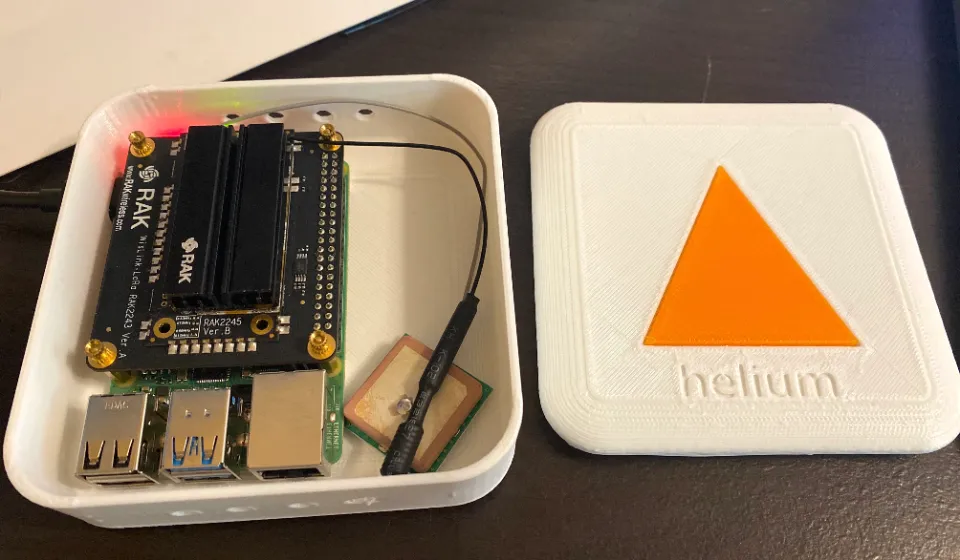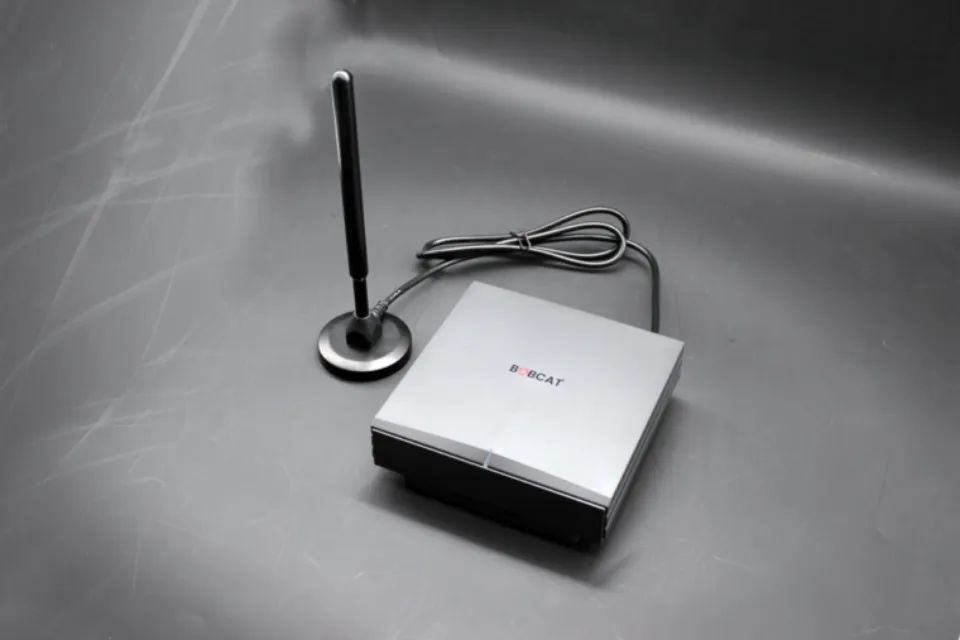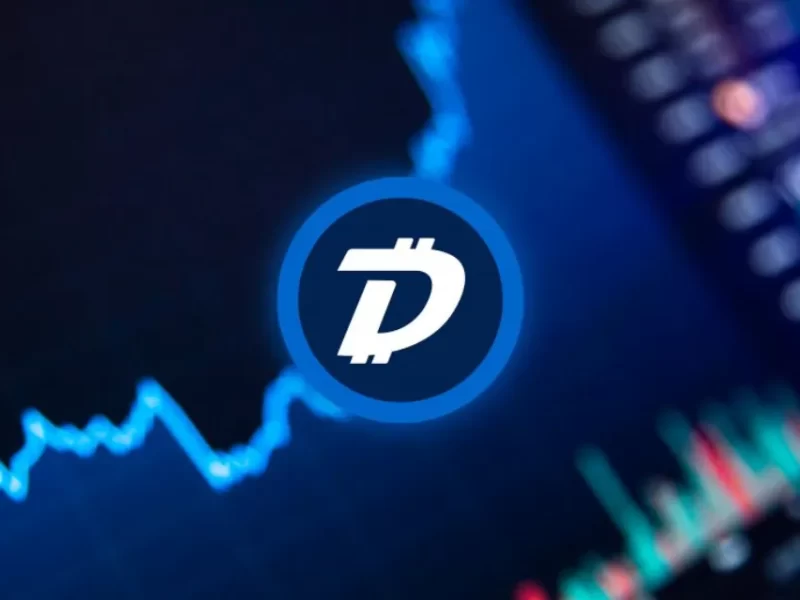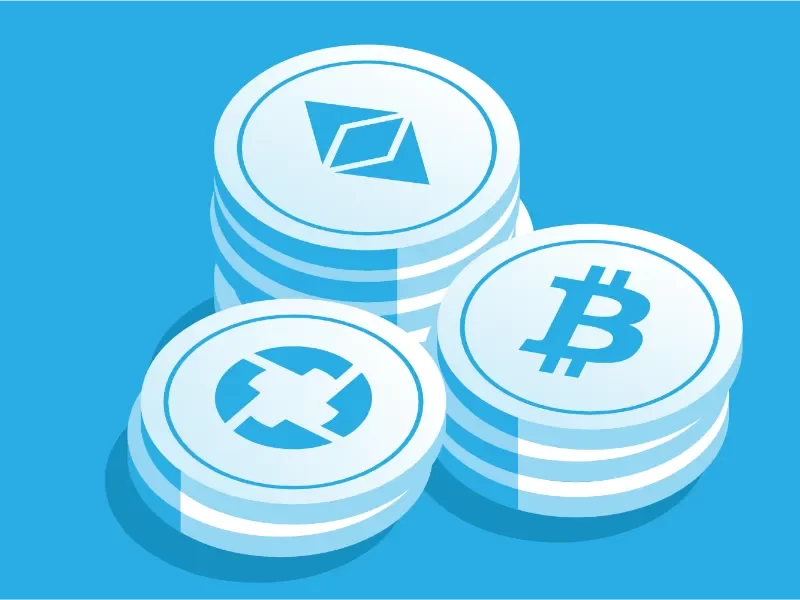The largest LoRaWAN network in the world, Helium connects data via actual hardware called Helium miners across the internet. This decentralized platform, also known as The People’s Network, enables the practical adoption of the Internet of Things (IoT).
Everything in your home can connect to the internet using Helium Network, not just your phone. Smart door locks and fire alarms that are connected to the internet allow for data to be received from any location.
IoT devices have more uses than just cutting-edge home products. With the tracking and analysis of retail data, the IoT can also assist businesses in lowering costs while boosting efficiency.
You can easily contribute to the process and even make money doing it if you’re interested in supporting the growth of technology in our lives. A Helium miner, also called a hotspot, is all you require.
But what is a helium miner exactly, how does it operate, and where can you buy one? Learn all there is to know about this fascinating device by continuing to read.
What is a Helium Hotspot?
A Helium hotspot is a wireless router-like plug-and-play gadget that miners purchase in order to receive mining rewards. Users use hotspot devices, which serve as nodes, to encourage them to contribute to the construction of this decentralized wireless network. Additionally earning HNT tokens, these then provide connectivity to nearby IoT devices.
Helium claims that the Helium hotspot is able to provide connectivity 200 times farther than traditional WiFi. That’s because of Helium’s new wireless technology, known as LongFi. The LoRaWAN wireless protocol that is currently in use and Helium’s own blockchain are combined to create LongFi.
Helium does not have any of the limitations imposed by a centralized cellular provider, such as data caps or overage fees, in contrast to standard WiFi routers. Helium hotspots don’t need any additional purchases, such as SIM cards. Additionally, they come pre-encrypted in full.
From manufacturers outside Helium’s network, users can purchase hotspots. RAK, Nebra HNT, and Bobcat Helium Miners are a few well-known producers. Helium Hotspot costs usually range between $400 and $600 USD.
How Does Helium Mining Work?
In order to mint HNT, Helium Miner uses radio technologies, and it pays contributors in HNT tokens. The largest LoRaWAN network in the world, Helium connects data via actual hardware called Helium miners across the internet.
The decentralized architecture of the Helium Network enables it to cover large areas by utilizing long-range radio waves. Blockchain technology can be used to create a wireless network that is more dependable than the network provided by established wireless service providers.
Millions of devices connected to the Helium Network can access long-range wireless coverage thanks to Helium hotspots. Proof of coverage (PoC), a variant of proof of work (PoW) used by blockchain platforms like Ethereum and Bitcoin to validate transactions, is a type of blockchain technology.
Ways to Earn HNT Tokens
HNT tokens can be obtained in two ways. The two ways that helium miners can get HNT are by proving coverage or by sending data to other networked devices.
Due to the extensive network of the Helium blockchain, it’s important to periodically check that miners are providing adequate wireless network coverage. Here, evidence of coverage becomes important. To guarantee that reliable coverage is consistently produced, the PoC algorithm performs frequent checks on the radio frequency properties.
Anyone can create a hotspot and earn HNT for providing coverage to nearby devices thanks to Helium’s distinctive proof-of-coverage model. Following mining, the HNT is burned to create Data Credits from the HNT that is currently in circulation.
The Helium Network’s devices need Data Credits to connect to the network. When HNT and Data Credits are added to and subtracted from a system, a burn-and-mint equilibrium is produced, which results in a helium economy based on supply and demand.
Proof of Coverage Challenge
It’s easy to make money by transmitting data to devices. The miner or hotspot makes more money the more data it transfers. Hotspots must see or pass randomly assigned tests, however, in order to receive payment for proof of coverage.
To demonstrate to the network that they are accurately recording the coverage, helium miners frequently issue radio challenges to nearby hotspots. The blockchain contains a record of this measurement, which the PoC algorithm uses to assess network quality.
The PoC protocol consists of three roles:
- Challenger: These serve as the challenge’s validators. The challenger can be thought of as a hotspot that issues the proof-of-concept challenge.
- Challengee: They are the challenge’s intended victims and are also referred to as the beaconers.
- Witness: These are hotspots close to the transmitter that alert users to the challenge data packets’ transmission.
Helium miners often start challenges to arbitrary neighbor hotspots. In order to demonstrate that the challenged hotspot is operating correctly and is located where it says it is, it must relay accurate data. By checking the accuracy of the information given and making sure everything proceeds as planned, other nearby hotspots observe the challenge.
The mined HNT is then automatically sent to the Helium Hotspot App linked to the miner once the PoC challenge has been completed.
How Much Can You Earn from Helium Mining?
By mining helium and constructing The People’s Network’s coverage with a compatible hotspot, participants in the helium ecosystem can earn HNT. The quantity of HNT you earn may differ based on where you are. One of the participants stated that he was able to make more than $400 per month in February 2022.
The Helium Network is designed to promote widespread coverage, and it does so by employing a reward scale metric. According to Helium, a hotspot ought to be present every 300 to 500 meters as a general rule.
The multiplier for rewards obtained from challenges is the Helium miner’s reward scale, which ranges from 0 to 1. Your reward scale will be lowered due to increased competition and a reduction in HNT mining from challenges or tasks if you are too close (within 300 meters) to several hotspots.
Utilizing Helium Explorer, you can quickly determine the hotspot density in a given area. A hotspot’s 30-day HNT mining total is also displayed by the explorer for each hotspot. You can estimate your potential earnings based on your location using this information.
What is a Helium Miner
A Helium miner (or “hotspot”) is a wireless device that earns you tokens for your coverage. New types of hotspots are created to meet the rising demands of the rapidly growing blockchain, whereas the network’s early stages only needed one type of hotspot to perform all of Helium’s challenges.
Full Hotspots: They are eligible for all rewards for taking part in activities, even ones that serve as proof of coverage.
Light Hotspots: In that they are software rather than physical devices, these are an evolution of full hotspots.
Data-Only Hotspots: These only transfer data, so they only get paid for that.
Before you start building your first Helium miner, there are a few things you should know about this device:
The typical routers you use at home are not like these hotspots. Small, quiet, and incredibly strong, they are. Using just a few hundred devices, an entire city can be covered with 200 times more coverage than a typical router.
Hotspots use 5W of power instead of the typical nodes’ 20W. As a result, this consensus protocol is more effective and energy-friendly than proof of work.
There is no special hardware needed; all you need is a Wi-Fi adapter to get going.
For each megabyte of data sent through your network, you will receive a token. It will take more than one miner to make any real money from this endeavor, so don’t expect to become wealthy doing just one.

Finding the Best Helium Miner
Understanding your geographic location, how antennas function, and how to pick the right miner are all important if you want to maximize your rewards from helium mining.
There are restrictions on radio frequency usage. Geographical location is significant because their strength decreases every time they hit an obstruction. An antenna’s gain is also important. The antenna’s beam angle gets longer and narrower as gain goes up. As a result, if you live in a lower elevation, you must use antennas with a higher gain of 5 dBi or higher because the signal in your area rises higher before dissipating.
The key to maximizing the rewards you get from your miner is to:
- Place the miner or hotspot as high as you can.
- Depending on where you are, use a gain dBi antenna.
Depending on your needs and the possibility, a hotspot can be installed either indoors or outdoors.
The cost, safety, and amount of wiring are all better with an indoor hotspot. The outdoor hotspot, on the other hand, is a setup for limited space.
The Importance of Antenna
A Helium miner’s antenna is a crucial element that requires attention, even though the type of hotspot you set up is not essential.
An antenna’s gain is expressed in dBi. Lower dBi indicates a more profound signal reach while higher dBi indicates that the signals will travel farther but have a narrower reach.
Geographical location, in addition to the type of antenna, also affects antenna selection. For instance, an 8 dBi or even a 10 dBi antenna is suitable in a flat rural area without any obstructions like trees or buildings. A lower dBi of 4 and below will be more suitable in a hilly area, on the other hand.
How to Set Up a Helium Hotspot
Connecting the Helium Console and Wallet
You’ll first need to connect to the Helium Console and Helium Wallet before physically installing the hotspot.
Data transmission from IoT devices to the Helium Network is accelerated by the Helium Console, a potent combination of management tools and network server capabilities. Developers can control costs for devices and connectivity, as well as keep an eye on data usage, using the Console.
All network participants use the Helium Wallet, which allows you to store the HNT tokens you receive. There are three types of wallets available:
Helium Hotspot App – The Helium Wallet app, as it is also known, combines the management of hotspots and tokens into a single app.
Command Line Interface wallet – The CLI wallet is the most adaptable, but using one calls for technical know-how. For a beginner, it is not appropriate.
Helium ledger wallet – The helium software is running on a secure hardware wallet. Only HNT can be exchanged; other tokens cannot be used in transactions.
Physical Installation of the Device
The Helium hotspot is simple to power on. However, you need to have access to the internet. Wi-Fi networks are less dependable than Ethernet networks, and Ethernet networks sync the blockchain more quickly. So, instead of using Wi-Fi, think about switching to Ethernet.
To begin with, make sure the antenna is attached to the antenna port. Next, check to see if your phone is connected to the hotspot and has Bluetooth turned on. As the device updates its firmware, allow around 30 minutes.
Then turn on your hotspot and connect to it with your phone. The button on the back of the device can be pressed while holding it down to accomplish this. Once setup is complete, launch the Helium app.
After you’ve clicked Register Hotspot, wait for approximately 15 minutes to half an hour for the setup to be complete. You’ll need to wait one or two days after your hotspot appears on the app for the data to fully sync before you can begin mining HNT.
Your miner can be set up indoors or outside. The decision will depend on the amount of space you have available and your budget, as indoor hotspots are typically less expensive than outdoor hotspots.
How to Optimize Your Helium Miner
Let’s concentrate on optimizing your miner to generate more HNT now that it has been set up. Keep in mind that hotspots typically perform better in environments with less competition.
If you live in a competitive area, the good news is that you can still mine Helium successfully by optimizing your setup.
Here are some of the factors affecting your miner’s performance:
Height
Because of their height, some hotspots in the cluster will always perform better than others.
When antennas are mounted higher, radiofrequency travels farther. You can significantly increase mining efficiency and generate more HNT if you can mount your antennas higher.
Antenna
It’s critical to realize that not all antennas are created equal before making a purchase. They have various sizes, shapes, and strengths.
Gain, which measures the strength of the signal the antenna can pick up, is a crucial factor to consider when selecting an antenna. The stronger your signal, the higher the gain.
Additionally, be sure to pair your antenna with a suitable cable (shielded or unshielded).
Not all cable lines are created equal; some have better shielding than others. Your signal will lose strength between the hotspot and antenna if your cable is poorly shielded.
Typically, a 200-grade shielding cable is advised, but a 400-grade shielding cable is preferred if your antenna’s cable length is greater than 20 feet.
Proximity
In exchange for coverage and assistance in constructing its network, the Helium Network pays miners.
Your ability to interact with more hotspots results in more Helium Network Tokens (HNT) being awarded to you.
If another miner is 300 meters away from you, on the other hand, your hotspot’s HNT earnings will drop as a result of competition for the local HNT supply. The network cannot be created by having multiple hotspots in the same place.
Furthermore, you might not be able to communicate with other hotspots if you are too far away from them (10 miles in rural flat areas or more than one mile in densely populated areas). Your HNT earnings will decrease as a result of this.
Even in a competitive market, a miner of helium can occasionally increase their profits with the right adjustment. Your top priority after setting up a hotspot should therefore be optimization.
How to Cash Out Your Helium (HNT)
You will be prepared to begin gathering and exchanging your HNT into cash or other cryptocurrencies once you have installed all required components, including your hotspot, antenna, and cables.
The Helium wallet does not allow for direct HNT withdrawals. You must instead transfer your HNT tokens to an exchange that accepts trading in Helium, like Bybit.
A mobile phone (or tablet) must first have the Helium Hotspot app downloaded.
You must register for a Bybit account with your email or phone number. Transfer your HNT from your Helium Wallet and exchange it for USDT after creating a Bybit account.
You can set up your Helium Wallet and receive your HNT after doing so.
Summary
One of the more ambitious and immediately useful blockchain projects out there is Helium. It’s a decentralised wireless network that isn’t controlled by a big carrier but is made possible thanks to thousands of participating local hotspots.
There’s a chance that Helium could become to wireless data what the internet was to international communications given that it promises to be significantly less expensive than cellular data and wireless.



